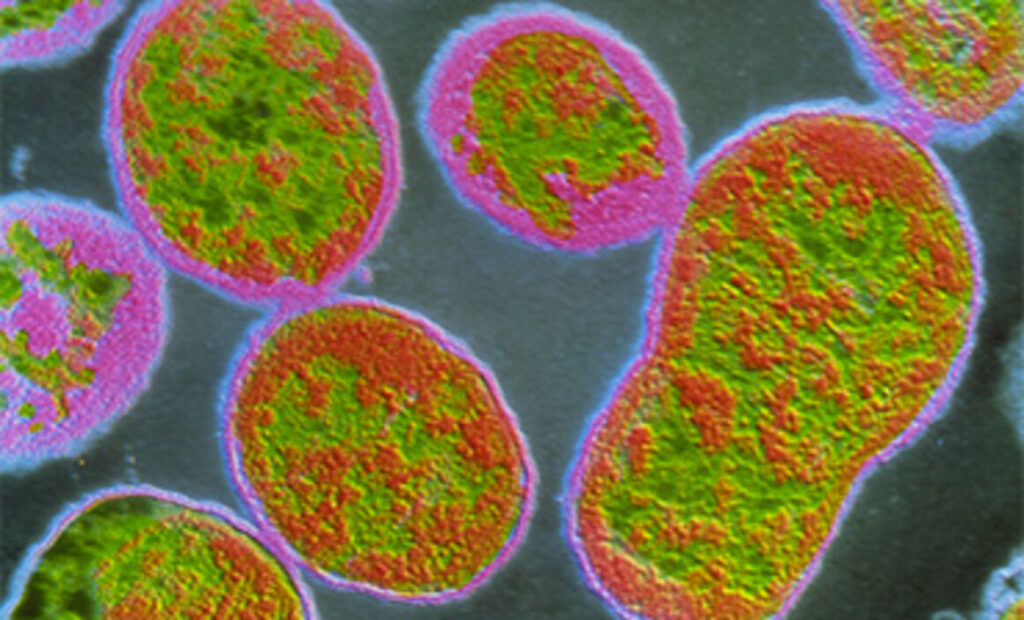In a recent and concerning development, the relentless spread of Brucella canis, a disease that primarily affects dogs, has taken a rather alarming twist as it has now made its way into the human population. This bacterial infection, which leads to infertility, mobility issues, and discomfort in dogs, has infected three British citizens. This new development has raised significant concerns about how it’s transmitted and its potential risks to humans.
Seeing the potential infection and transmission of the disease to human host, it is necessary to have a better understanding of the pathogen in order to take necessary actions to prevent its transmission and containing its further spread. In order to be safe for the disease let’s try to understand the pathology of the disease in a more concise way.
Understanding Brucella Canis

Brucella canis also known as canine brucellosis is an infectious disease caused by the bacterium Brucella canis (B. canis). Traditionally, this disease was confined to canines, but in recent times, it has become a growing threat to human health in the UK(United Kingdom).
The transmission of this disease is largely from infected dogs to humans. This can occur through direct contact with pet dogs and members of other canine families or on exposure to their bodily fluids, including reproductive and blood products. Consequently, it’s essential for pet owners and those working closely with dogs to exercise caution.
Symptoms and Diagnosis
One of the challenges with Brucella is that its symptoms in humans are often mild and non-specific. This makes it quite challenging to diagnose early. People infected with the bacterium may experience symptoms like intermittent or irregular fever, loss of appetite, weight loss, sweating, headaches, fatigue, and back or joint pain. In some instances, the illness can persist, leading to recurrent fevers and prolonged fatigue.
To diagnose the bacterium in humans, doctors usually perform a blood test. The good news is that once detected, the infection can be treated with a course of antibiotics lasting at least six weeks. With proper treatment, patients can generally expect to make a full recovery, and the infection is unlikely to return.
Transmission to Humans
Understanding how the disease is transmitted to humans is crucial for it control and treatment. The primary mode of transmission is through direct contact with infected animals or aerosol exposure to their fluids. Ingesting the bacteria directly, contamination of the mucous membranes, and breaks in the skin can also lead to infection. Interestingly, one common way people contract the disease is by consuming unpasteurized, contaminated milk or cheese.

Preventing the disease
Given that there is currently no vaccine available for B. canis, prevention becomes all the more critical. Appropriate precautions such as avoiding direct contact with bodily fluids like urine, feces, vomit, saliva, blood, wound drainage, and reproductive fluids from infected dogs is paramount.
In For those who handle animals, especially when dealing with their internal organs, it is strongly recommended to wear rubber gloves. These precautions can significantly reduce the risk of transmission. Proper hygiene needed to be maintained by the pet owners on their part as well as of their pets.
B.canis is an alarming health issue that warrants our attention. With the recent cases of transmission to humans, it’s crucial for both pet owners and professionals working with animals to be aware of the risks, take preventive measures, and seek medical attention if they suspect exposure to this infectious disease. It is necessary to be informed and stay safe, not just for our sake but also for the well-being of our pets.
